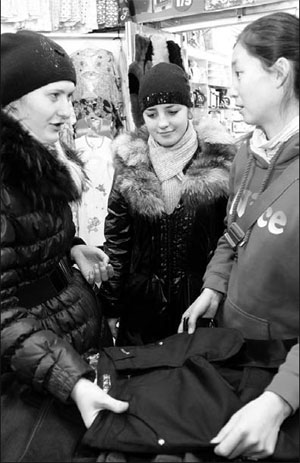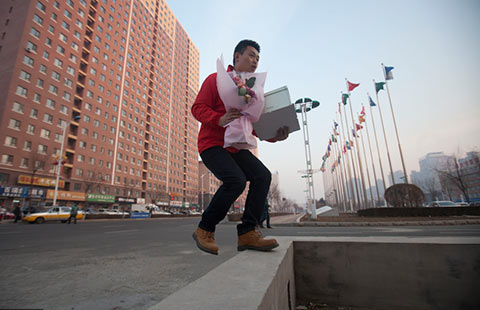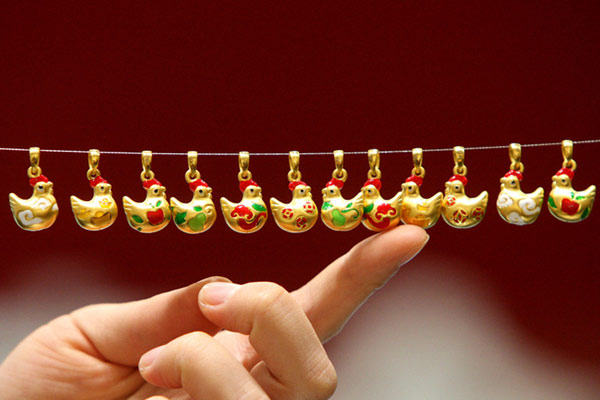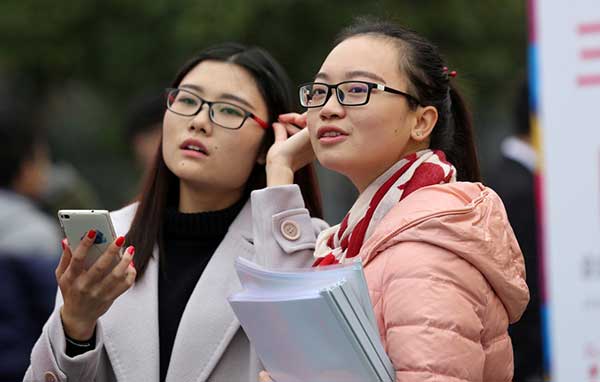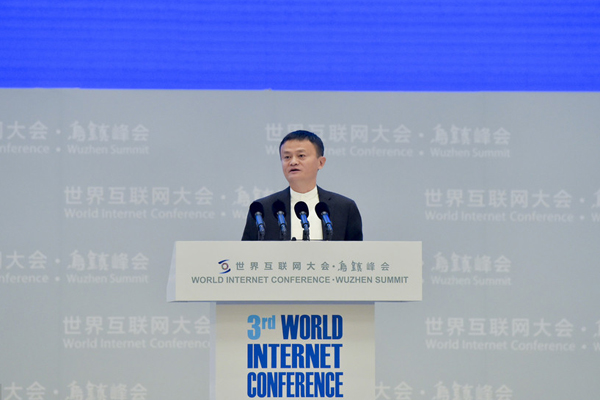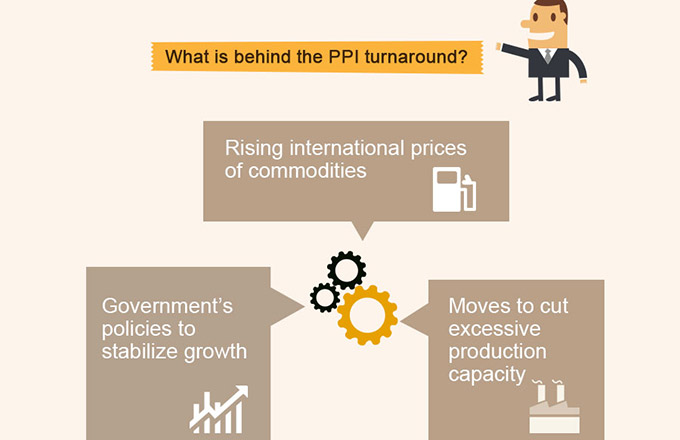China builds on border trade




New boom
"Manzhouli is welcoming its second boom now as a leading player in China-Russia border trade," Gao Jian, chairman of China Development Bank Securities Co, told an investment promotion on Jan 16 in Beijing.
|
A Russian woman bargaining with a Chinese clothes dealer in a shopping plaza in Raohe county, Heilongjiang province. After accession to the WTO, many Chinese economists believe China has more opportunities to increase its business relations with Russia in the years to come. [Photo/China Daily] |
In July 2012, the State Council approved the establishment of a key development and opening-up experimental zone in Manzhouli. It also approved similar zones in Ruili, Yunnan province and Dongxing in Guangxi Zhuang autonomous region at the same time. Echoing the State Council's move, Inner Mongolia autonomous region also issued 38 favorable guidelines on Jan 9, regarding fiscal and taxation measures, port and passageway construction support and preferential policies in financing, industrial development, land use, public services and talent training.
Manzhouli experienced its first boom in 1992 when the State Council listed it among the first group of frontier cities for opening-up. A 70 sq km border economic cooperation zone was established in the city's northeast area in March 1992 that has now developed into the city's downtown area. A China-Russia mutual trade zone was also built in 1992 covering 0.2 sq km. It expanded to 138.8 sq km in 2004.
The past decade saw a boom in wood processing, fruit and vegetable storage and transportation, chemical construction materials and mechanical assembly as well as border tourism in Manzhouli. The city's foreign trade surged 73.37 percent annually from 1992 to 2011.
"In the next decade we will build the city into Northeast Asia's international trade hub, a cross-border tourist attraction, a processing and manufacturing base for imports and exports, an energy development and conversion center, an international logistics hub as well as a platform for incubating science and technology businesses," said the city's Party Chief Wang Wei.
"Although the 2008 global financial crisis constrained border trade value from expanding significantly, cargoes transported via the port have been steadily increasing," said Zou, deputy mayor of Manzhouli.
"Russia imports light industrial products, textile products, electronics as well as fruits from its biggest neighboring nation, while China imports resources such as oil and coal. Trade opportunities will surely increase amid strengthening political ties. The prospects are very bright," he said.
Positive development
"China-Russia trade development is very positive in 2012 even in the face of the sluggish world economy," Sergey Sergeevich Razov, Russia's ambassador to China, told a news briefing on Dec 18.
Chinese exports through Manzhouli to Russia increased 18 percent year-on-year to $1.63 billion in 2012 while imports from Russia dropped 17.8 percent year-on-year to $4.17 billion, according to the General Administration of Customs.
However, China's trade with Russia, the world's ninth largest economy with a population of 143 million, accounted for just 2.28 percent of China's total foreign trade last year, which increased 6.2 percent year-on-year to nearly $3.87 trillion.
The two countries agreed to expand bilateral trade to $100 billion by 2015 and $200 billion by 2020. China was Russia's largest trade partner in 2011 and 2012 while Russia is China's trade partner with the fastest growth, Vice-Premier Li Keqiang told a trade and investment promotion in 2012.
Feng Yujun, an expert on Russian studies with the China Institutes of Contemporary International Relations, said the trade target can be attained in 2013 if the growth momentum continues. He added that trade structure improved in 2012 as Russian exports of technology and manufactured goods, rather than raw materials, significantly increased while Chinese exports of mechanical and electrical products expanded.
"Contrasting the expanding trade, mutual investment between China and Russia, although it is growing, is not satisfactory and does not match the economic potential of the two countries," Razov said.
- China, Russia ink major energy deal
- China, Russia reach consensus on oil supplies
- Russia plans $30b oil-for-loans deal with China
- China-Russia oil pipeline records 30m tons in delivery
- China, Russia pledge to enhance energy co-op
- China eyes closer economic ties with Russia
- China, Russia ink agreements on energy co-op
- China-Russia trade to hit record high in 2012


